|
Procedure: I've been using this activity a lot lately - since I just developed it about a month ago - at the beginning of a program as an energizing team-builder with a little tension. It doesn't take long to present and play, the directions are simple, and it provides a nice starting point to talk about the types of activities a group will be going through during their program.
No matter the size of your group (so far my biggest group has been 50), divide them up into small groups of 2 to 5 participants (with my group of 50 I had 10 groups of 5) - you'll need 36 cups for every small group. Ask each small group to find some space in the activity area to build their tower. After everyone is settled into their spots, provide the challenge. |
- One individual cup is added to the tower structure at a time. (Note: Each group is building only one tower structure.)
- Each person in the group must add one cup to the tower structure before anyone adds in a second cup to the structure. Then, everyone must add a second cup to the structure before anyone can add a third, and so on until the time is up. (Note: the order of turns can change during each round of turns.)
- When the horn blows (whistle sounds or "STOP" is called), all hands must be off of the tower structure. What remains standing will be counted for a score.
Tower structures are scored by number of rows. Rows consist of one or more individual cups - nested cups, one, or more, inside of another, will not count as a row. (Note: The score for the red Solo cup tower is 16 (rows).
- Planning - What did this look like over the three attempts?
- Strategies - What strategies did you plan on and did they change? Why?
- Failure - If your structure did fall, what did you do?
- Success - How did you measure your success? Were you successful?
- Risk Taking - What risks did you take? What risks did you avoid? Why?
- Collaboration - Did any collaboration take place? Was it "secret" or "open" collaboration?
As of the date of this post, the national average of rows in 60 seconds, for the adult (18 years old and older) bracket is 17 rows. The world record, adult bracket, is 20.
Let me know how this version goes!! Leave a comment below.
All the best,
Chris Cavert, Ed.D.

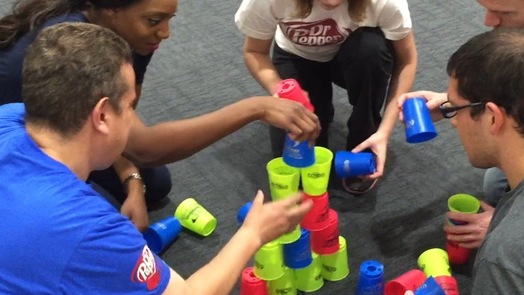
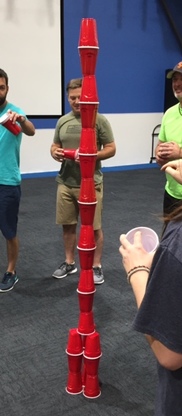
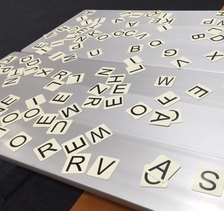
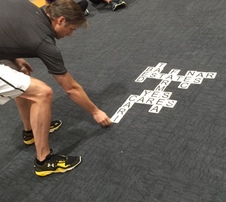
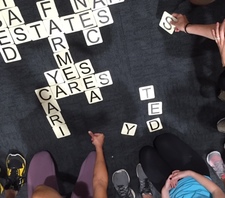





 RSS Feed
RSS Feed